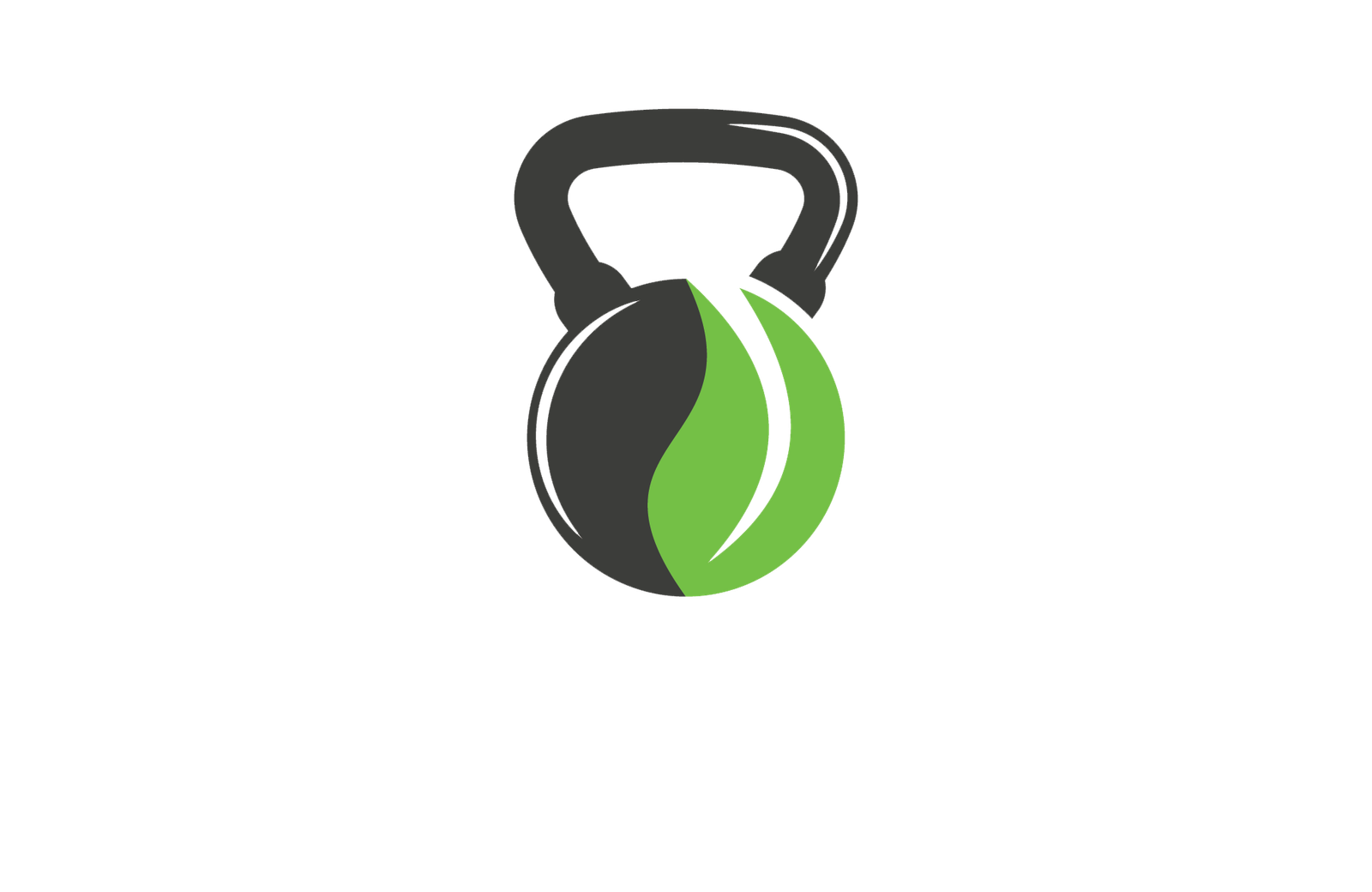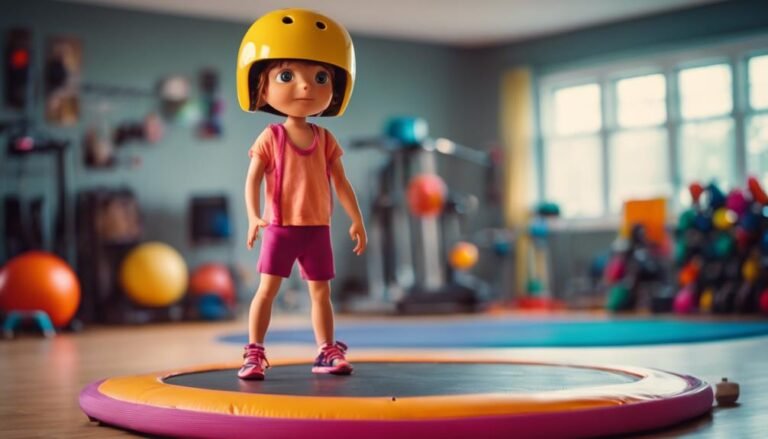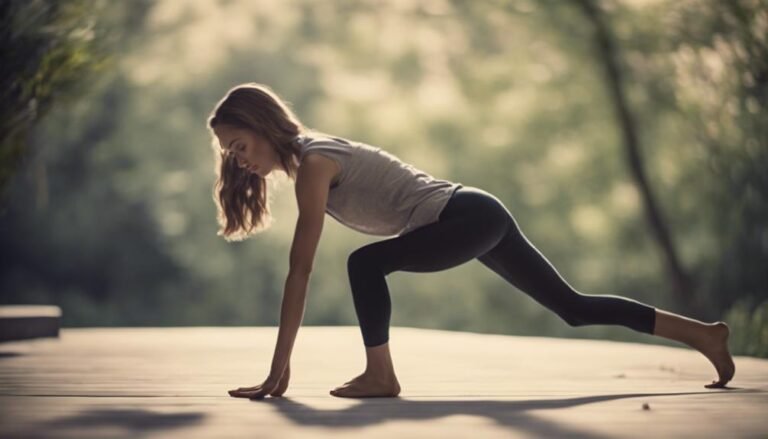Don't miss our holiday offer - 20% OFF!

Bodyweight Exercises Perfect for Fitness Beginners
Get ready to transform your body with these essential bodyweight exercises, perfect for fitness beginners, and discover a stronger you.
We're kicking off our fitness journey with bodyweight exercises, and it's no coincidence that we're starting with the basics, because building a strong foundation is key to achieving our wellness goals. Squats, push-ups, and planks are perfect for fitness beginners like us. These exercises target multiple muscle groups, improving overall strength and endurance. By mastering proper form and technique, we can prevent injuries and achieve faster results. As we progress, we'll discover more exercises and routines to take our fitness journey to the next level. Let's get started and see where our fitness journey takes us!
Key Takeaways
- Mastering proper squat formations is vital for overall lower body development and avoids muscle imbalances and joint stress.
- Incorporating push-ups and arm circles into a routine improves overall upper body strength and endurance.
- Plank variations, such as knee planks, cater to individual fitness levels and build core strength and stability.
- Consistency and patience are essential for experiencing the benefits of planks and achieving stronger, healthier bodies.
- Full body workout routines, including exercises like push-ups, squats, and planks, achieve fitness goals faster and more efficiently.
Building Strength With Squats
We start building strength with squats, a compound exercise that works multiple muscle groups, including our quadriceps, hamstrings, glutes, and core, making it an essential exercise for overall lower body development. As we master the squat, we're not just building strength, we're also improving our balance, coordination, and flexibility. But it's vital we focus on proper squat formations to avoid muscle imbalances. When we neglect to engage our core or let our knees extend past our toes, we risk putting unnecessary stress on our joints. By maintaining a strong back, squeezing our glutes, and keeping our knees in line with our toes, we safeguard a safe and effective squat. As we progress, we can modify our squat formations to challenge ourselves further. For example, we can try sumo squats, pistol squats, or even single-leg squats to target specific muscle groups. By incorporating squats into our fitness routine, we're taking a significant step towards building overall strength and stability.
Essential Upper Body Exercises
As we shift our focus to upper body development, our go-to exercises for building strength and stability are push-ups, an exercise that targets our chest, shoulders, and triceps simultaneously. We love push-ups because they're a compound exercise that works multiple muscle groups at once, making them super efficient. But we don't just stop at traditional push-ups – we like to mix it up with Push Up Variations like diamond push-ups, decline push-ups, and even push-up claps to keep things interesting and prevent plateaus. Another exercise we're big fans of is Arm Circles. These simple yet effective movements help improve our shoulder mobility and flexibility, which is essential for preventing injuries and maintaining good posture. By incorporating these exercises into our routine, we can expect to see significant improvements in our overall upper body strength and endurance. And the best part? We can do them anywhere, anytime, without needing any fancy equipment.
Core Workouts for Beginners
As we focus on core workouts for beginners, we're excited to explore exercises that will strengthen our core muscles and improve our overall fitness. We'll start by mastering plank variations that engage our core, which will lay the foundation for more advanced exercises. By the end of this journey, we'll have a stronger, more stable core that will benefit our entire body.
Plank Variations Explained
Mastering plank variations is a game-changer for beginners, as they not only strengthen our core but also improve overall posture and balance. We're excited to explore these modifications that cater to our fitness level. As we progress, we can gradually move on to more advanced postures that challenge our core strength and stability.
We recommend starting with plank modifications that work for us. For instance, we can try a knee plank instead of a traditional plank, which reduces the amount of weight we need to support. Alternatively, we can place our hands on a surface higher than our feet, making it easier to maintain a straight line from head to heels. As we build strength and confidence, we can gradually move on to more challenging variations, such as side planks, inverted planks, or even plank jacks. The key is to listen to our bodies and adjust our form accordingly. With consistent practice, we'll be amazed at how our core strength and overall fitness improve.
Engaging Core Muscles
We're about to explore the world of core workouts, where we'll discover that engaging our core muscles is essential for building a strong, stable, and balanced body. As beginners, it's vital to understand that our core is the foundation of our overall fitness. A strong core helps improve our posture, balance, and overall athletic performance. So, let's get started!
When engaging our core muscles, we need to focus on proper core alignment. This means maintaining a neutral spine, engaging our transverse abdominis muscle, and avoiding any unnecessary tension in our neck and shoulders. To achieve this, we'll practice mindful breathing, inhaling deeply through our noses and exhaling slowly through our mouths. This will help us relax and focus on our core engagement.
Effective Leg Exercises at Home
With a few square feet of floor space, we can develop strong, toned legs without ever setting foot in a gym. Effective leg exercises at home can be just as challenging and rewarding as those done in a gym. We can focus on exercises that target different muscle groups, like the quadriceps, hamstrings, and calf muscles.
Here are some effective leg exercises we can do at home:
| Exercise | Description | Sets/Reps |
|---|---|---|
| Leg Stretch | Stand with feet hip-width apart, then bend to touch toes | 3 sets of 10 reps |
| Calf Raises | Stand on the edge of a stair or step, raise up onto toes | 3 sets of 15 reps |
| Squats | Stand with feet shoulder-width apart, lower body down into a seated position | 3 sets of 12 reps |
We can do these exercises in the comfort of our own homes, without any special equipment or membership fees. By incorporating these exercises into our daily routine, we can strengthen and tone our legs, improving our overall fitness and well-being. So, let's get started and take the first step towards stronger, healthier legs!
Full Body Workout Routines
As we've strengthened our legs, now it's time to take our fitness journey to the next level by incorporating full body workout routines that target all major muscle groups. We're not just building strength, we're building a stronger, healthier us! By incorporating full body exercises into our workout schedules, we can achieve our fitness goals faster and more efficiently. A well-rounded full body workout routine should include exercises that target our chest, back, shoulders, legs, and core. We can start with exercises like push-ups, squats, lunges, planks, and rows. These exercises will not only improve our overall fitness but also increase our metabolism, boost our energy levels, and enhance our mental well-being. By committing to a consistent workout schedule, we can achieve our fitness goals and reveal a stronger, leaner, and healthier body. Let's take our fitness journey to the next level and crush our goals with full body workout routines!
Simple Yoga Poses for Flexibility
Incorporating simple yoga poses into our daily routine can substantially improve our flexibility, balance, and overall well-being. As beginners, we often overlook the importance of flexibility, but it's essential for preventing injuries and enhancing our overall fitness. By mastering Yoga Fundamentals, we can progress to more advanced poses and experience the numerous benefits of yoga.
A great way to start is with a Morning Stretch, which can be as simple as 10-15 minutes of gentle stretching. This daily habit can increase our energy levels, reduce stiffness, and prepare our bodies for more intense workouts. We can begin with basic poses like downward-facing dog, child's pose, and seated forward bend. These poses will help us build a strong foundation, improve our posture, and increase our range of motion.
Getting Started With Planks
We're building strength and stability from the ground up, starting with the foundational exercise of planks, which targets our core, arms, and legs simultaneously. This exercise is a game-changer for beginners, as it improves our overall posture, balance, and athletic performance. To get started, we'll focus on proper alignment. Lie on your stomach with your hands under your shoulders, engage your core, and lift your hips off the ground. Keep your body in a straight line from head to heels, with your shoulders down and away from your ears. Now, let's talk breathing techniques. Take slow, deep breaths in through your nose and out through your mouth, keeping your core engaged and your body stable. Aim for 30-60 seconds to start, and gradually increase your time as you build endurance. Remember, it's not about how long you hold the plank, but about maintaining proper form and control throughout. With consistent practice, we'll be rocking planks like pros in no time!
Frequently Asked Questions
Can I Do Bodyweight Exercises if I'm Overweight or Obese?
'We can definitely do bodyweight exercises even if we're overweight or obese! We'll start with modified exercises and focus on safe progressions to guarantee a comfortable, injury-free journey to fitness and weight loss.'
How Long Does It Take to See Results From Bodyweight Exercises?
"Rome wasn't built in a day," we remind ourselves. We track our progress, and consistency matters. With dedication, we start seeing results from bodyweight exercises in 4-6 weeks, and significant changes in 12-16 weeks.
Do I Need to Warm up Before Starting Bodyweight Exercises?
"We always warm up before starting our bodyweight exercises, incorporating pre-workout stretching to prevent injuries and boost performance. Afterward, we cool down with post-exercise stretching to reduce soreness and promote recovery."
Can I Do Bodyweight Exercises With an Injury or Disability?
"Break out the ol' medieval stretching rack, because we're getting real about exercising with injuries! We adapt, modifying movements to accommodate our limitations, and find accessible adaptations that still bring the sweat – and progress, not pain."
Are Bodyweight Exercises Suitable for All Fitness Levels?
"We believe bodyweight exercises are suitable for all fitness levels, as we can modify movements to suit our needs. We set Fitness Goals, gradually increase intensity through Progressive Overload, and celebrate our progress, no matter where we start."
Conclusion
We've got this! We've mastered squats, pushed ourselves with upper body exercises, and strengthened our cores. We've worked our legs, tried full-body routines, and even dabbled in yoga for flexibility. And let's not forget those planks! We've taken the first step towards a stronger, healthier us. Now, it's time to keep pushing, to keep driving. We've got the tools, we've got the motivation – let's keep sweating, and let's keep shining!



